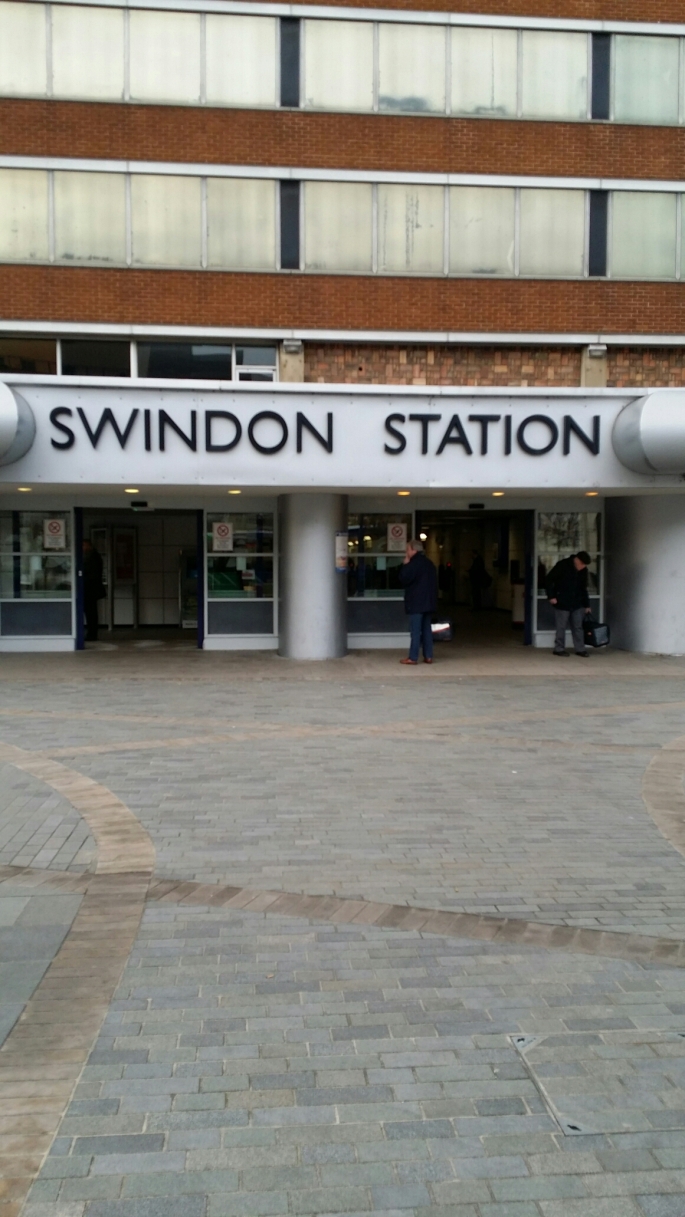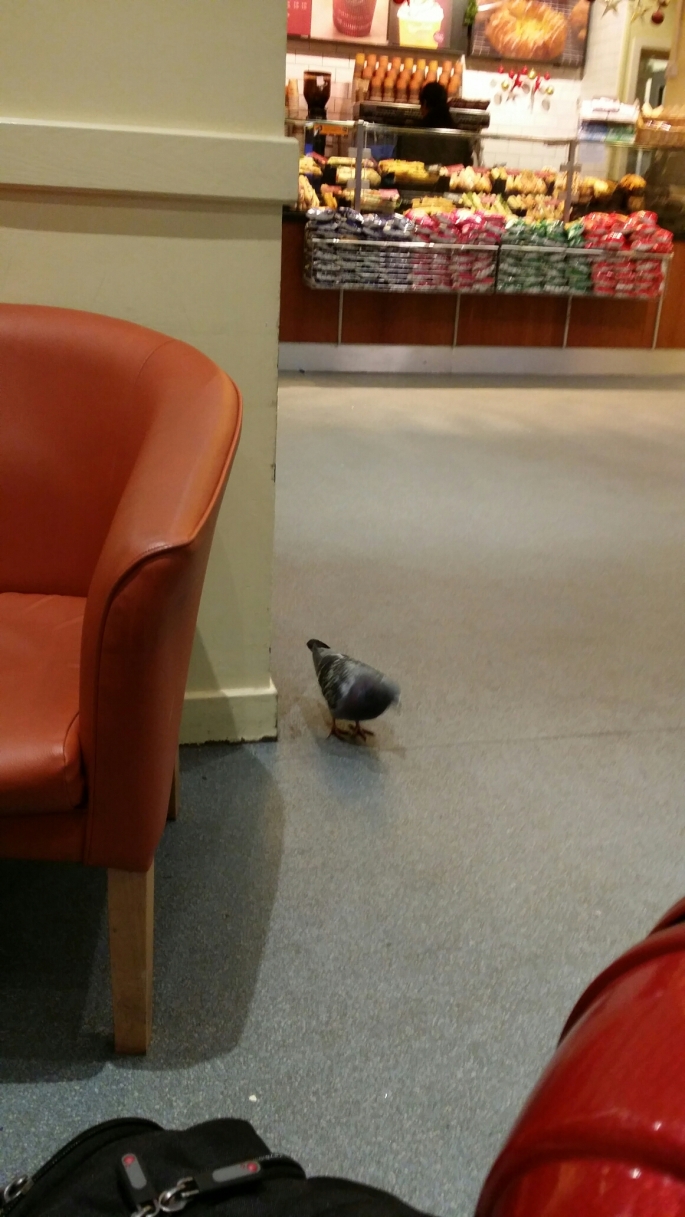Regular readers of this blog and those who know me well will be aware that I’m not usually a great fan of Christmas. It seemed a really good idea when I was six and the man in the red suit arrived via the chimney. However, since that period the idea somehow lost its appeal.

The secret it would appear is to try and do something so unlike Christmas but retaining the naming conventions (or the vast majority) that it passes by painlessly. That was certainly my experience of Christmas 2014. So for others who usually struggle to cope with the Saturnalian festivities here is a brief summary of my most enjoyable festive period in recent memory.
Setting up the ‘long room’ was perhaps the first and most significant difference in preparation for Christmas dinner. The concept of an outdoor Christmas dinner in the UK would normally include a final course consisting of two doctors and a social worker.
Contrary to popular belief, it is possible to dine al fresco in the UK but never, never at Christmas. Setting the table and hanging Christmas decorations in 26 degrees was another significant difference. I even had time for a thankfully brief introduction to some of the countries flaura finding a red-back spider scurrying away from under one of the cushion seats. Our arachnoid guest was quickly removed from play and didn’t rejoin the celebrations at any point. Having made sure he/she was the only guest trying to crash the party the outside dining space was complete.

Another benefit of the Australian Christmas (at least in Melbourne) was the addition of a seafood course. Whilst the odd salmon (usually smoked) makes an appearance at home, it would typically be around New Year. Thanks to Jevon’s 5am dash to the Victoria Street markets we had a range of prawns and oysters, all incredibly fresh and cooked to perfection.
To Australian friends, so far so typical. However, the mix of summer weather, fresh oysters and the phrase ‘Happy Christmas’ was so incongruous that any comparisons to meals at home would be difficult to make.
The main course was both delicious and reassuringly familiar including turkey, cranberries and all the trimmings, but with the added step of considering whether you have enough sun screen with your turkey.
One way to confuse the Brit is to ask where the bon-bons are just before the main course arrives. For a moment I had a mental image of chocolate covered toffee sprinkled with icing sugar as a follow on to oysters. However, I was quickly advised that bon-bons are what I would know as Christmas crackers. (With emphasis on the ‘crack’ for those who remember Margo Ledbetter). Unbelievably I even put on the Christmas hat -which fitted (UK manufacturers please note).

It’s probably worth taking an aside to explain how the task of buying appropriate gifts for every living relative in your extended family was handled. The Secret Santa concept has landed firmly in Australia so I had just one person to buy for in the Kris Kringle present exchange.
However, there was what I suspect is a wholly Aussie alternative which certainly got everyone engaged and interacting well. This was known as ‘Naughty Santa’.
Basically, you start with a box of presents equal in number to that of your guests. Then after drawing lots, the first recipient opens their present. Obviously, this is (at least temporarily) their present.
However, kleptomania is still permitted (at least in parts of Victoria). When the next guest takes their turn, they can choose to open a new present or steal any one of the preceeding presents from their recipient. If your gift is stolen by a naughty Santa, you have the choice of opening one of the remaining presents or stealing a present (however you can’t steal back from the person who just stole from you while they have your gift). This can result in cascading kleptomania and a long gift giving – but (say it secretly Richard) is also quite a lot of fun.

It has been said (from time to time) that I have a sweet tooth or can be something of a pudding monster. Forget traditional Christmas or plum puddings (which I had previously thought I was addicted to) – none of them here.
Instead, a selection of trifles (tropical and boozy), bread and butter pudding, cheesecake, trifle – well you get the idea. Each of the components contributed by different guests and more than enough for even the most veracious pudding monsters.
We were doubly lucky as with that much food (and consequently left-overs) the fridge in our flat was called into service for the overflow. I can’t quite account for the gradual reduction in the mango and passion fruit trifle whilst it was in there – but I’m certainly glad we had the spare fridge space.
What was striking was that the television didn’t feature in the day at all. Everyone had more than enough to discuss, share and enjoy without having to resort to the anonymity of the couch potato.

One final difference for Christmas Day was the Macedon Test. Cricket on Christmas Day with a significant risk of being sun frazzled was the icing on the cake. I’ve still got some local customs to experience (this year’s donger races were cancelled for reasons nobody can now recall – don’t ask what a donger race is!)
A relaxed evening at which a very pleasant selection of Australian wines were consumed finished off the celebrations – although I must admit to having a slightly hazier recollection of those events thanks to a rather maliciously sneaky Margaret River Sav.
So all in all a very different and enjoyable Summer Christmas which is one I’ll always remember for all the right reasons – but probably never fully get my head around.
So, from a non Christmas fan, Australia has a convert to Summer Christmas which should be wrapped and exported pdq.











You must be logged in to post a comment.